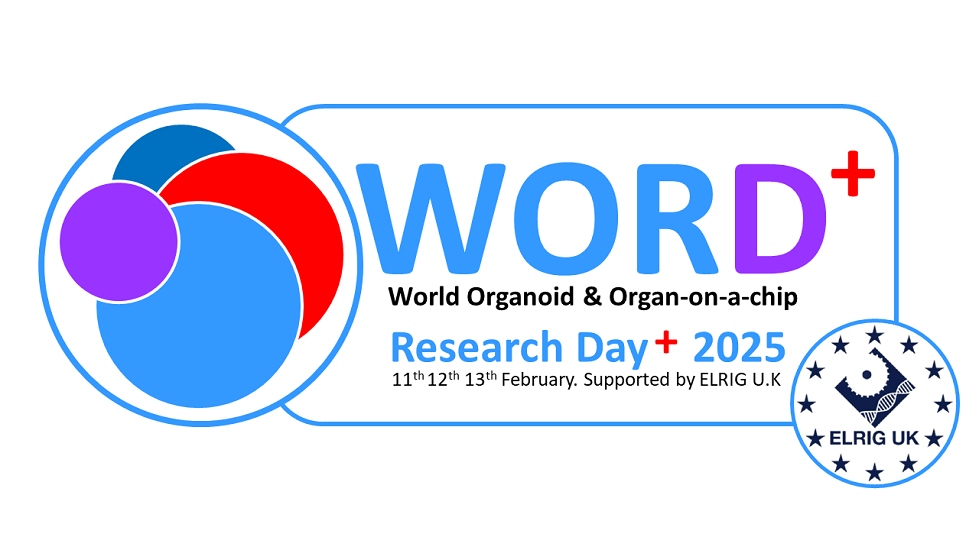Authors
F Tarrés-Freixas1; M Pérez-Simó1; R Valle1; A Moreno1; M Pérez1; R López1; A Perlas1; N Carmona-Vicente1; G Ceada1; K Bertran1; M Nofrarís1; A Ritchie-Martinez2; B van der Hee2; J Wells2; K Kochanowski1; J Vergara-Alert1; N Majó1;
1 IRTA-CReSA, Spain; 2 Wageningen University & Research, Netherlands
Overview
Orgnaoids are an unvaluable tool in biomedical research, but fewer efforts have been dedicated to generate animal organoids. Here, our group generated avian organoids from adult hens, cultured them in an ALI system, and infected them with three relevant viruses in the poultry sector (NDV, CoV-IBV and H5N8 HPAIV). The results obtained recapitulate in vivo infection in chicken lungs, and the capacity of H5N8 HPAIV and NDV to cross the epithelial barrier, cause viremia and induce systemic disease.
Introduction
Organoids are becoming an increasingly popular model to study the pathophysiology of many diseases. They are complex 3D cultures that recapitulate the architecture of the tissue of origin, and hence they can be used to study viral dynamics at the cellular level. Despite being extensively used in the biomedical field, fewer efforts have been invested in the development of animal organoids, and even less for avian species.
Methods
Our group generted organoids from the lung of adult hens. We characterised by conventional PCR which cell-specific markers were expressed, and we generated an air-liquid interface (ALI) culture displaying an apical-basal polarisation. Finally, we tested their susceptibility against three viruses of importance in the poultry industry: i) a highly pathogenic avian influenza virus H5N8 strain; ii) a Newcastle disease virus (NDV) strain (Herts33/56); and iii) an infectious bronchitis virus (IBV).
Results
Upon infecting ALI cultures apically (MOI=0.01), we observed histopathological changes at 48 hours post-infection such as deciliation and intercellular oedema in H5N8- and IBV-infected organoids and apoptosis in NDV-infected organoids. Trans-epithelial electrical resistance measurements demonstrated no disruption of the epithelial barrier at 48 hpi. Finally, all three viruses were detected by qPCR on the apical side of the membrane, while only NDV and H5N8 were detected on the basal side.
Conclusion
Ourresults match with NDV and H5N8 HPAIV in vivo capability to rapidly cause systemic dissemination, whereas IBV pre-eminently affects the respiratory tract. Overall, these results highlight the importance of avian organoids to study viral tropism, cytopathogenicity, and host-pathogen interactions. Moreover, they can be further developed to screen for antiviral treatments or to test vaccine efficacy.

